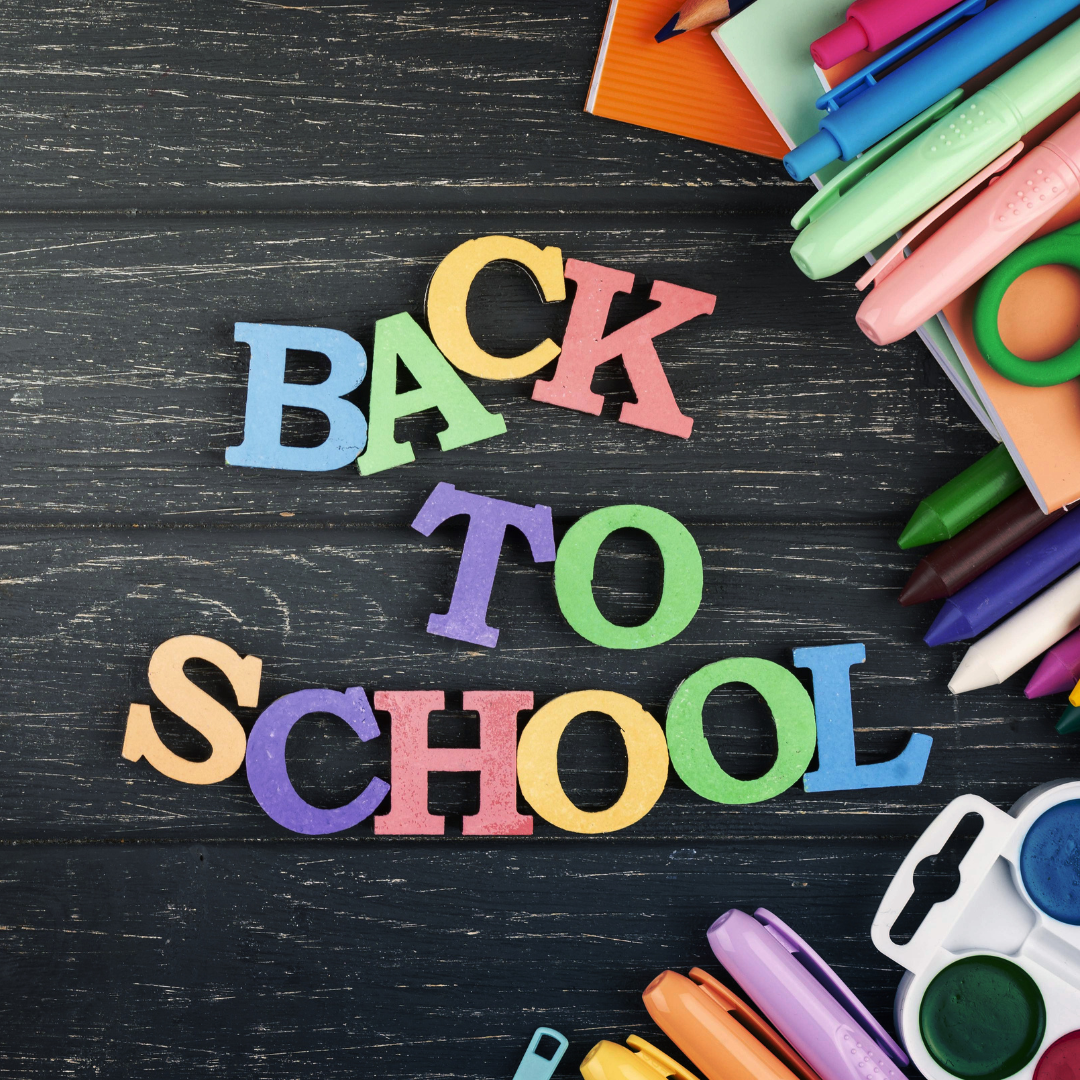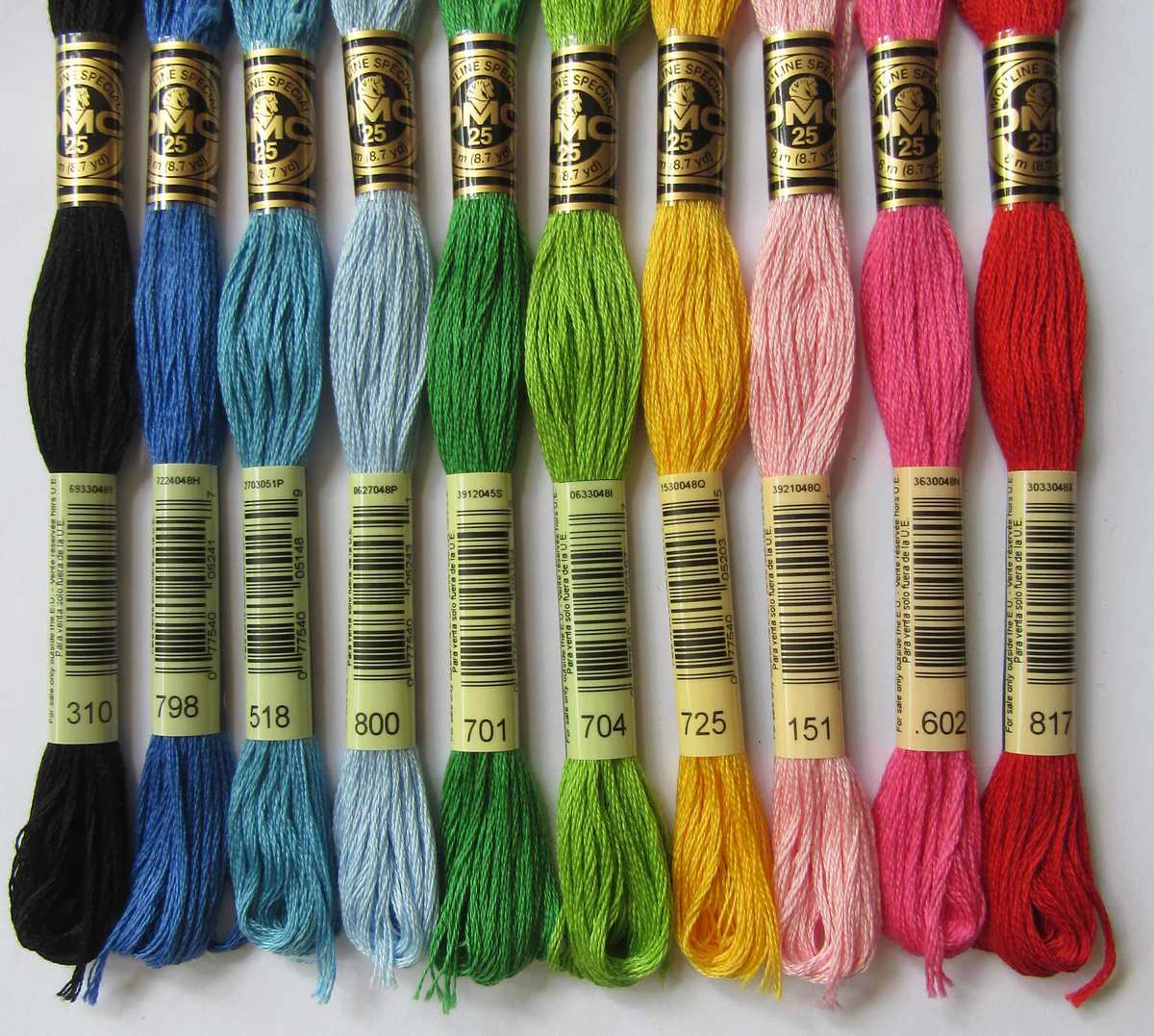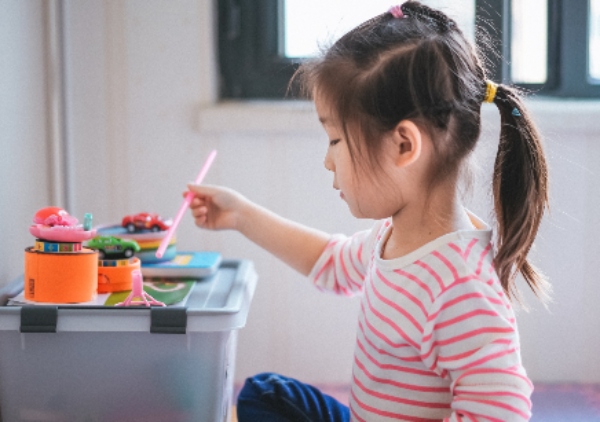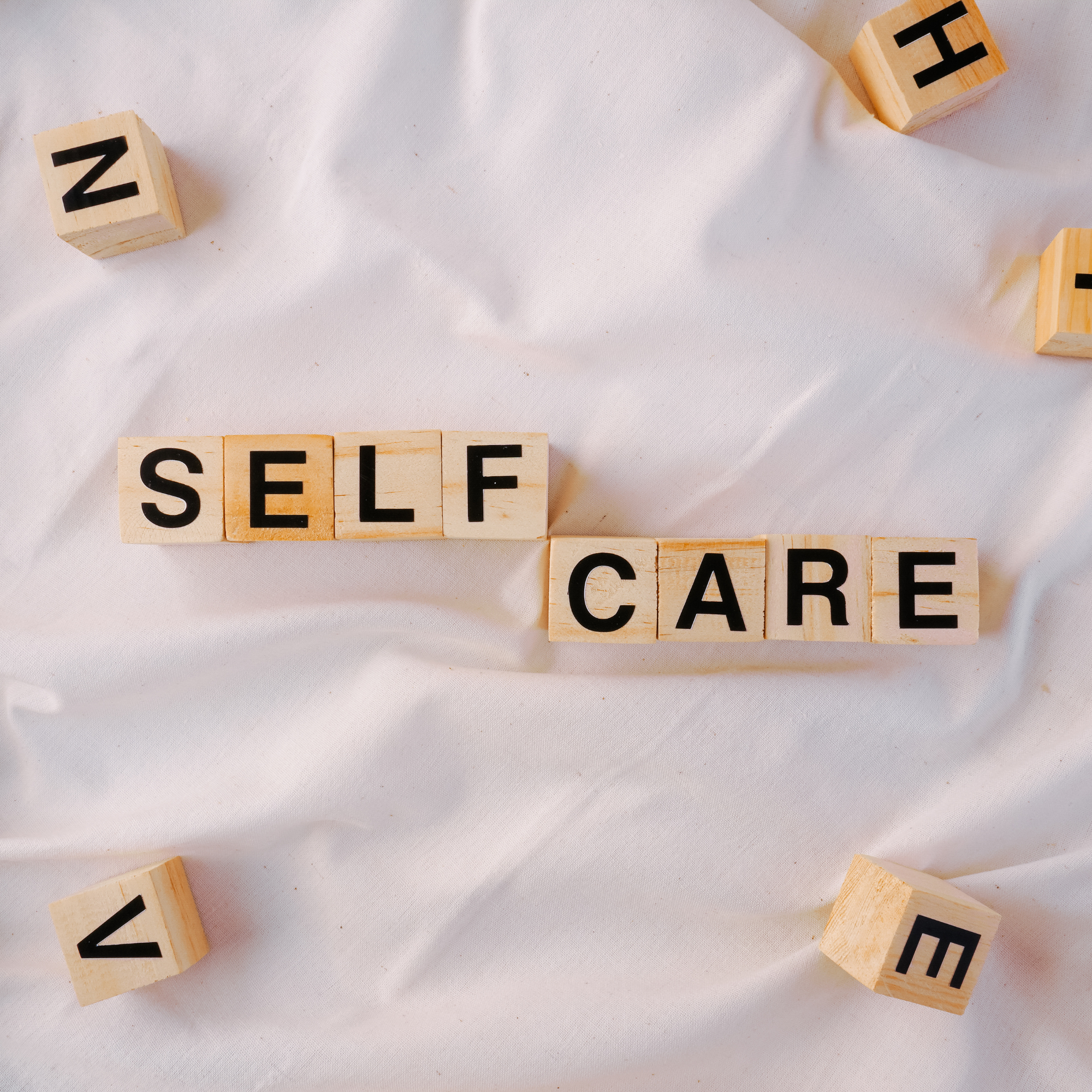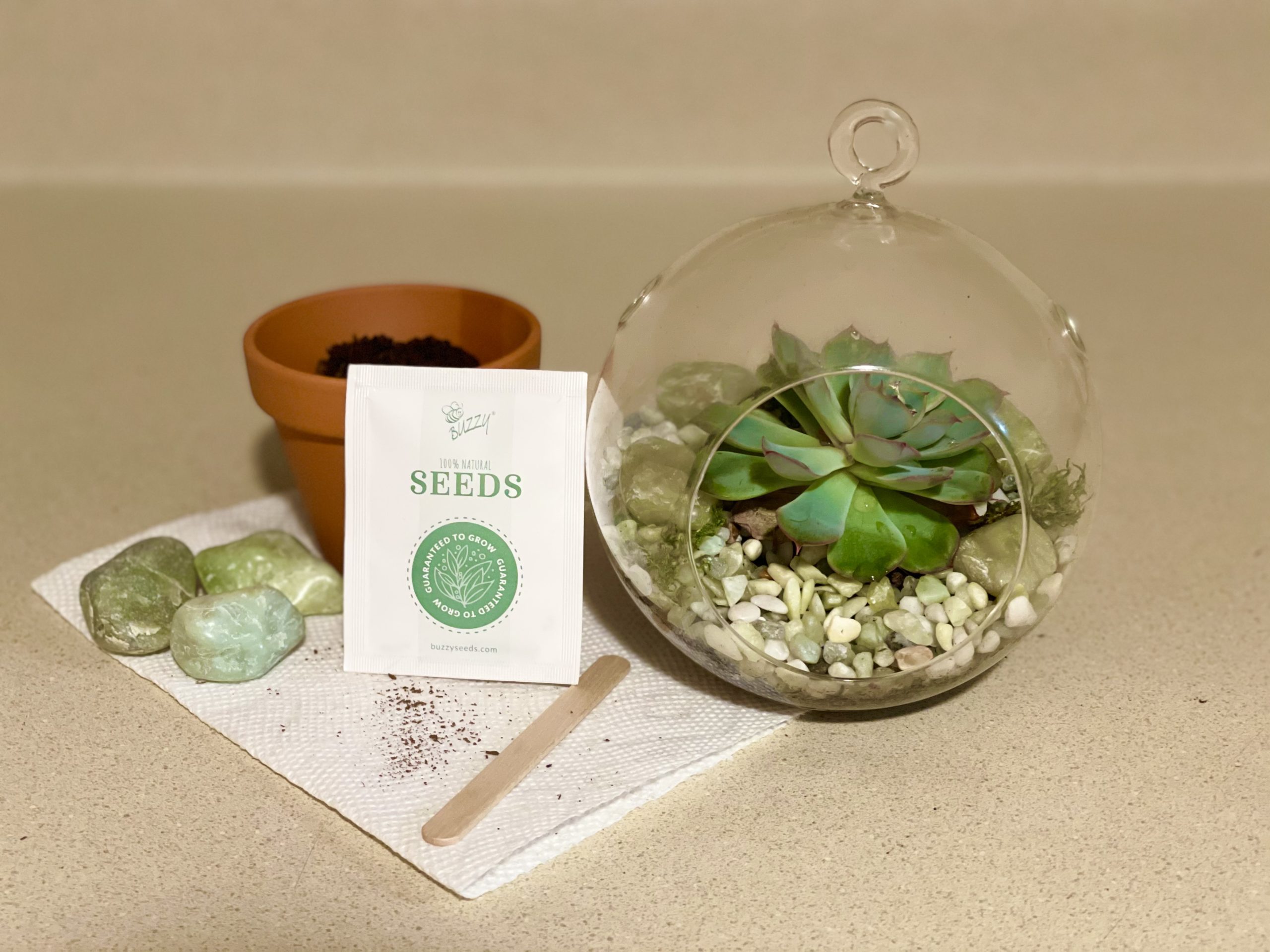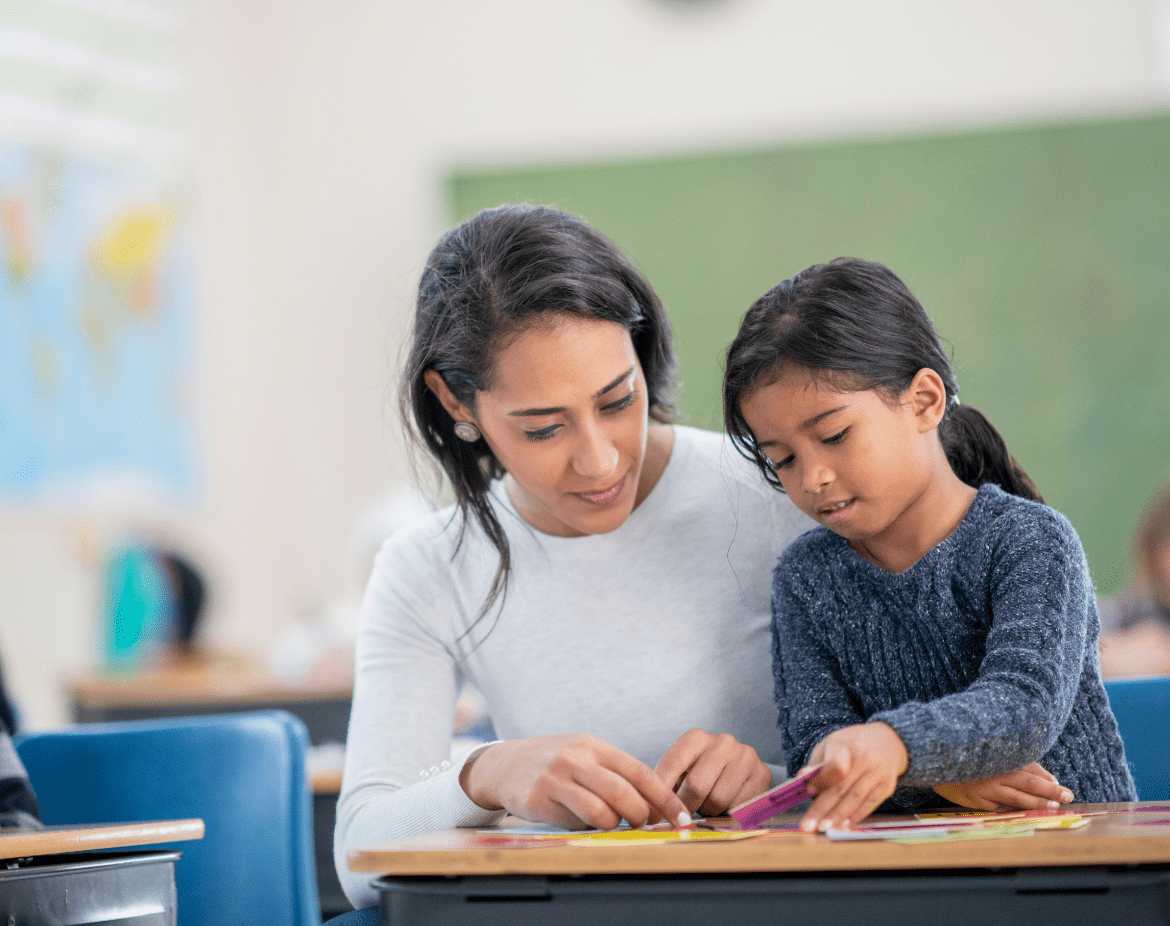The crisp air, falling leaves, and the return of school signal the beginning of a new academic year. While this time of year brings excitement, it can also bring stress for students and parents—especially amid the lingering uncertainties of the ongoing pandemic. For many students, last year was spent in remote or hybrid learning environments, leaving them away from traditional classrooms, teachers, and friends. That’s why this school year is so pivotal for post-covid back-to-school transitions.
With new challenges on the horizon, it’s essential to set your child up for success. Here are some actionable tips to ease the transition and make this school year a positive experience for everyone.
1. Practice Wearing Masks for Extended Periods
Masks continue to be a key tool for ensuring safety in schools, but for kids who spent much of the past year learning remotely, wearing a mask all day may be a new adjustment. Mask discomfort can lead to distractions, so preparing your child ahead of time is vital.
Tips for Practicing Mask-Wearing:
- Make it a Fun Challenge: Create games like seeing who can wear their mask the longest, with small rewards like choosing dinner or earning extra screen time.
- Use Timers for Positive Reinforcement: Set a timer at random intervals. If everyone is still wearing their masks when it beeps, they earn a prize.
- Incorporate Mask Practice Into Activities: Whether it’s during a game night or a trip to the store, make mask-wearing part of everyday life.
2. Teach Proper Mask Etiquette
Understanding how to wear a mask correctly is just as important as wearing one. Make it a hands-on learning experience with a fun craft activity to reinforce proper mask etiquette.
Mask Etiquette Craft Activity: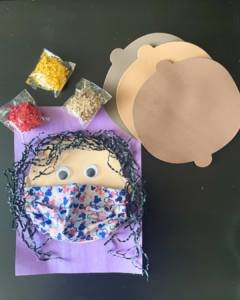
Materials Needed:
- Construction paper
- Crayons or markers
- Scissors
- Tape
- A mask
Steps:
- Have your child draw a life-sized version of their face or use a pre-made foam face template.
- Decorate the face to match their features—hair color, eye shape, and more.
- Practice placing the mask on the drawing. Review key points like ensuring the mask covers the nose, mouth, and chin and fits securely over the ears.
- Provide feedback and praise for each step they complete correctly.
3. Discuss the Importance of Effective Handwashing
Proper handwashing remains a crucial habit for staying healthy. While most children know they need to wash their hands, it’s just as important for them to understand the why, when, and how behind this practice.
Break it Down for Your Child: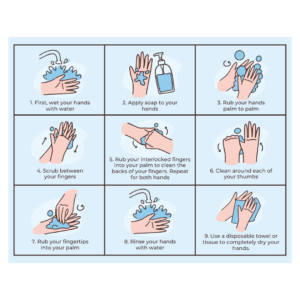
- Why: Explain that handwashing helps prevent the spread of germs, protecting both themselves and others.
- When: Practice recognizing scenarios that require handwashing, such as before meals, after using the bathroom, or after touching shared surfaces.
- How: Use visual aids like a step-by-step handwashing guide to teach effective techniques. Post it near sinks as a daily reminder!
4. Prepare for Changes in Routine
Routines provide structure and reduce stress, which is crucial for helping children thrive. However, unexpected changes—like a return to remote learning or hybrid schedules—can disrupt this balance. Practicing flexibility and coping strategies in advance can help your child adjust more easily when changes arise.
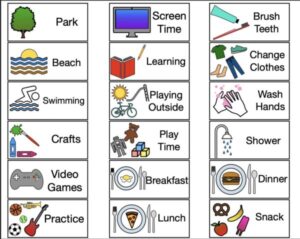
Tips for Managing Routine Changes:
- Talk It Out: Provide your child with a heads-up about changes whenever possible. Use verbal explanations or visual schedules to help them understand.
- Introduce Small Changes Gradually: Practice swapping one activity for another, like substituting a trip to the park with a family walk and ice cream outing.
- Leave Gaps in Visual Schedules: If your child uses a visual schedule, leave space for flexibility. This makes it easier to adjust plans as needed.
- Teach Calming Techniques: Equip your child with strategies to manage stress during unexpected changes. Techniques like deep breathing, hugging a stuffed animal, or listening to music can be invaluable.
5. Stay Connected and Seek Support
This year brings unique challenges, but you don’t have to navigate them alone. If you’re looking for additional support or resources tailored to your child’s needs, don’t hesitate to reach out to professionals who can guide you.
Final Thoughts
Adjusting to a new school year post-covid and during uncertain times isn’t easy, but with patience, preparation, and open communication, you can help your child thrive. By practicing mask-wearing, teaching proper hand hygiene, and preparing for potential changes in routine, you’re setting the stage for a smoother transition—and a successful year ahead.
Looking for more tips or support? Contact us today to explore how we can help your family navigate this school year with confidence!
